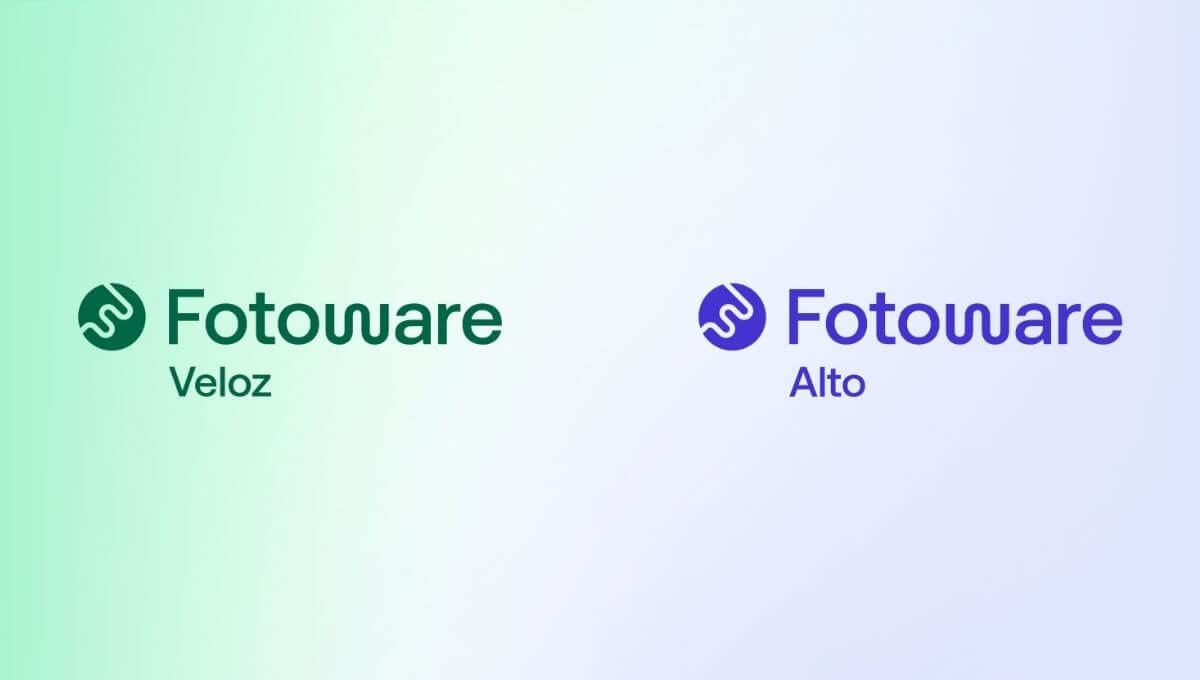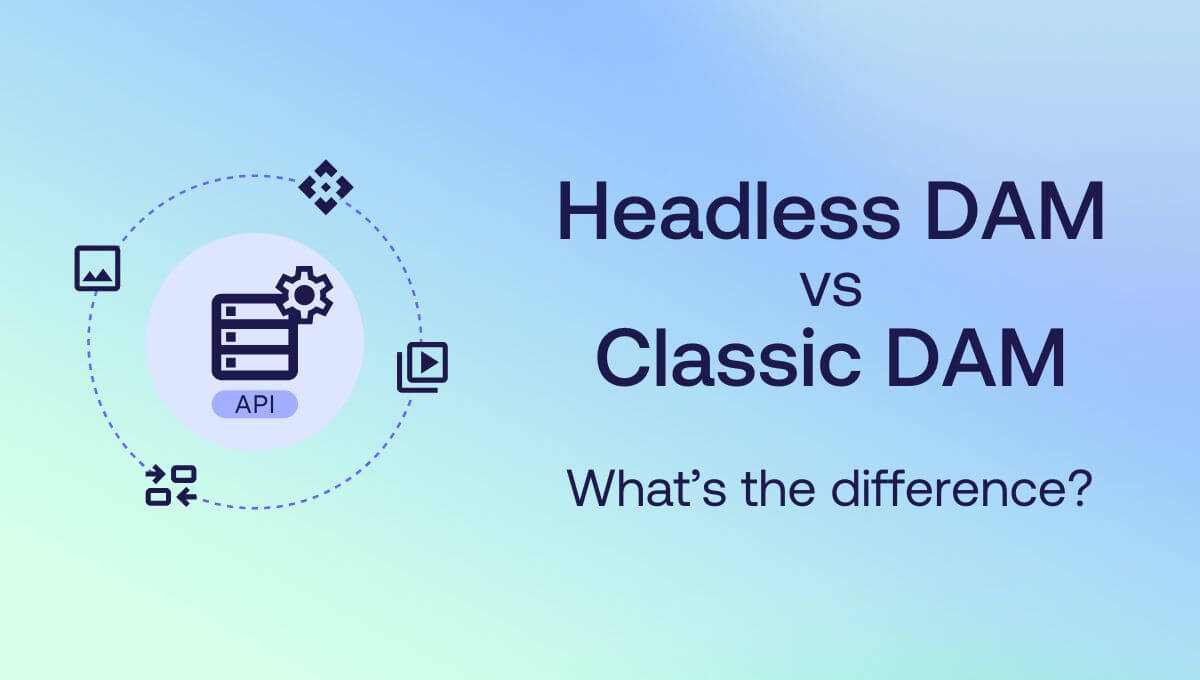
Photo by Marvin Meyer on Unsplash
Do you identify with the constant struggle of keeping on top of your various forms of content? Are you and your team having difficulty with effectively and efficiently storing, managing, finding, and sharing your important files?
If any of these 7 scenarios sound familiar to you, then Digital Asset Management is here to solve your problems, improve your productivity and enhance your work-life.

First things first... What is DAM?
In everyday situations, DAM - or Digital Asset Management - is a term most people are not familiar with. In contrast to Content Management Systems (CMS), that are designed to help you publish content (eg. blog posts and web pages), a DAM is designed to handle each individual file in a consistent manner. If a CMS is the place to put the pieces together and publish finished content, then a DAM is the place to safeguard and keep those individual pieces.
...but that's not where it ends!
The use and application of DAM is fundamental to organizations both large and small. In addition to providing safe and organized storage of your content, DAM also enables faster, more efficient searching and sharing of your files, too. Consider the network file systems from just a few years back - whenever you needed to find a shared file, you would access the network and locate the file. Today, many organizations rely on cloud services from Dropbox, Box, Google or Microsoft to help them safeguard their content, which may be difficult to find and use as time goes by and volume increases.
Read more: A comprehensive guide to Digital Asset Management
Keeping up with your content
One of the key benefits of DAM is related to one simple rule - make sure you maintain one single source of truth for your files. It doesn't matter if you work with sales presentations, marketing materials, product images or PDF documents - if you don't maintain a good record of your originals, you will have a hard time being productive. Also, over time your system will grow more difficult for everybody to use.

How to identify if you need a DAM
You're probably here because you find yourself in the situation of having lots of content in various forms, and are experiencing the stresses of inadequately storing, managing, finding, and sharing it. If that's the case, we're pretty sure you will recognize some, or all, of the characteristics presented below:
1. You have no "official" place to upload files for future safekeeping
2. Your co-workers repeatedly ask for your help whenever they need a logo
3. When you want to share files with others, you most often use email attachments or upload them to an external cloud sync service and share them from there
4. There is no easy way to figure out who has bought visual content (e.g. stock images for your company blog) or what usage license was granted
5. You have no idea where to find your company's latest PowerPoint template
6. You still rely on files stored in folders on your network infrastructure to get your job done
7. You have no way of understanding who has used which image, when they used it, and for what purpose.
If any of these sound familiar to you then Digital Asset Management will make your work-life easier and help to increase efficiency among your team!
Read more: 5 common challenges easily solved with Digital Asset Management
Want to learn more?
Talk to one of our experts to discover how we can streamline your organization's content workflows.


